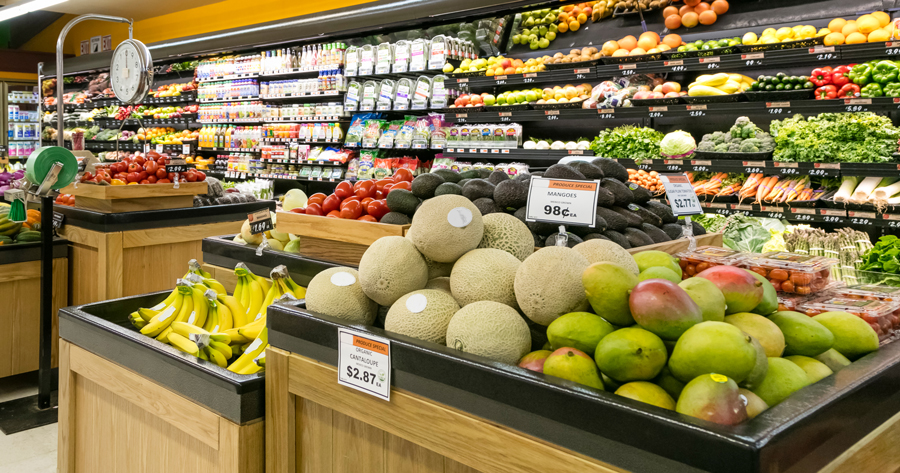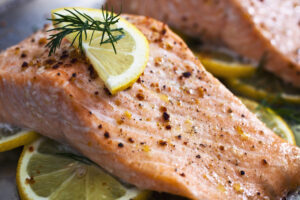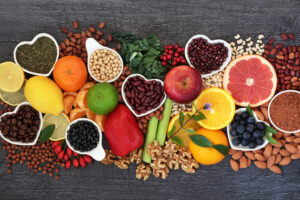Every year, based on the U.S. Department of Agriculture’s Pesticide Data Program (PDP) report, a list of produce with the most pesticide residue (the “Dirty Dozen”) and the least (the “Clean Fifteen”) is released. The USDA and Environmental Protection Agency work together to determine which foods are to be tested on a rotating basis.
“Many of our patients want to incorporate organic produce into their diets, but cost and availability are often a concern,” shares Beth Beckett, Oncology Dietitian at the Helen G. Nassif Community Cancer Center. “These lists are good indicators of which produce to buy and which to avoid.”
The “Dirty Dozen” can be a helpful tool in knowing which organic items are worth the extra expense,” says Mary Beth Peiffer, Oncology Dietitian at the Community Cancer Center. “And for those who are concerned about pesticides but don’t have the budget to buy organic, the “Clean Fifteen” offers plenty of budget-friendly options.”
The Dirty Dozen
- Strawberries
- Spinach
- Nectarines
- Apples
- Grapes
- Peaches
- Cherries
- Pears
- Tomatoes
- Celery
- Potatoes
- Sweet Bell Peppers
The Clean Fifteen
- Avocados
- Sweet Corn
- Pineapples
- Cabbages
- Onions
- Sweet Peas
- Papayas
- Asparagus
- Mangoes
- Eggplants
- Honeydews
- Kiwis
- Cantaloupes
- Cauliflower
- Broccoli
If organic food prices aren’t in your budget, check out this article on the Best Ways to Wash Fruits and Vegetables from the University of Maine Cooperative Extension.
Looking for a great “Clean Fifteen” recipe? Check out Peas and Pearl Onions with Dill or Mango Pineapple Sorbet. For all our oncology dietitian-approved recipes click here.
Source: Produce Retailer






